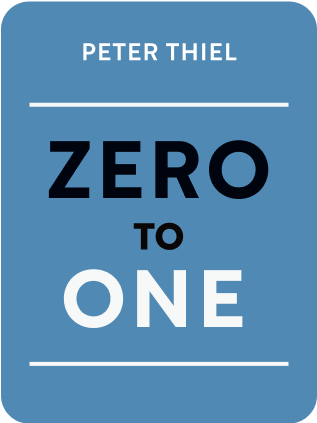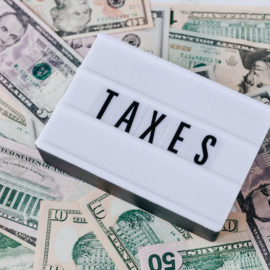

This article is an excerpt from the Shortform summary of "Zero To One" by Peter Thiel. Shortform has the world's best summaries of books you should be reading.
Like this article? Sign up for a free trial here .
What was the dot-com bubble, and how did it lead to Silicon Valley as we know it today? What can it teach us about startups?
The dot-com bubble refers to a period in the 1990s where tech companies experienced great prosperity. Due to several circumstances, the dot-com bubble burst. In Zero to One, Peter Thiel explains what we can learn from this.
Lessons of the Dot-Com Bubble
Remember the question, “What important truth do few people agree with you on?” To get an answer that points to the future, start with another question: “What does everyone agree on?”
The real truth is often the opposite of what everyone agrees is true. When you’re blinded by the latest conventional wisdom, you can’t create anything new.
Conventional wisdom helped create the dot-com bubble. The basic principle that companies need to make money was replaced in the late 1990s by a delusion that became the new conventional wisdom: companies racking up enormous, unending losses are actually succeeding because the losses are investments in future success. In the “New Economy,” where no loss was too big to tolerate, page views became a more relevant metric than profits.
We understand how wrong these accepted beliefs were only in retrospect. When they fall apart, we refer to the delusional beliefs as a bubble. But bubbles continue to influence our thinking long after they collapse because we draw the wrong lessons from them.
The dot-com bubble of the 1990s was the biggest bubble since the one ending in the Wall Street crash of 1929—the “lessons” of the dot-com dictate the way we think about tech today.
Thinking clearly about the future requires questioning what everyone “knows” about what happened in the past. To understand the real lessons of the tech bubble for startups today, it’s useful to review the 1990s.
Dot-Com Mania
For 18 months, from September 1998 to March 2000, Silicon Valley was awash in money, which attracted throngs of exuberant, sometimes disreputable people. New startups threw extravagant launch parties. “Paper millionaires” racked up entertainment bills and tried to pay them with shares of startup stock, sometimes succeeding. People left lucrative jobs to found or join startups. This was known as the dot com bubble (dotcom bubble or dot-com bubble).
The fact that the “anti-business model” (losing money to grow) was unsustainable should have been obvious. But there was a certain logic to enjoying the irrational while it lasted.
PayPal’s Launch
In this insane environment, Thiel recalled feeling “scared out of my wits” while running PayPal in late 1999. People readily believed any grandiose idea; acting rationally seemed crazy.
Thiel and his co-founders nonetheless had a big vision for PayPal. They followed the thinking of the time—trade short-term profit for growth—but they did it in a calculated way and managed to pull off a miracle before the dot-com bubble burst.
The original idea was to create an internet currency to replace the dollar. The first version of PayPal allowed people to send money from one PalmPilot to another. But not enough people had PalmPilots for that to be viable. Instead, since everyone had email, the company created a way to send payments via email. It worked well, but expenses were growing faster than customers.
Striving for at least a million users, the company increased its costs by paying people $10 to sign up and $10 for each referral. To Thiel, the cost made sense because PayPal was on a path to profitability by charging users a transaction fee. But they needed to become profitable quickly.
They found eager investors after an admiring Wall Street Journal story suggested PayPal was worth $500 million; they moved quickly to secure financing, and shortly thereafter, the dot-com bubble burst.
PayPal survived the dot-com bubble burst in part because of its unique product. Regardless, the dot-com bubble offers valuable lessons in building a startup.

———End of Preview———
Like what you just read? Read the rest of the world's best summary of Peter Thiel's "Zero To One" at Shortform .
Here's what you'll find in our full Zero To One summary :
- Why some companies genuinely move the world forward when most don't
- How to build a company that becomes a monopoly (and why monopolies aren't bad)
- Silicon Valley secrets to selling products and building rockstar teams






